
Question and Answers Forum
Question Number 116267 by bemath last updated on 02/Oct/20
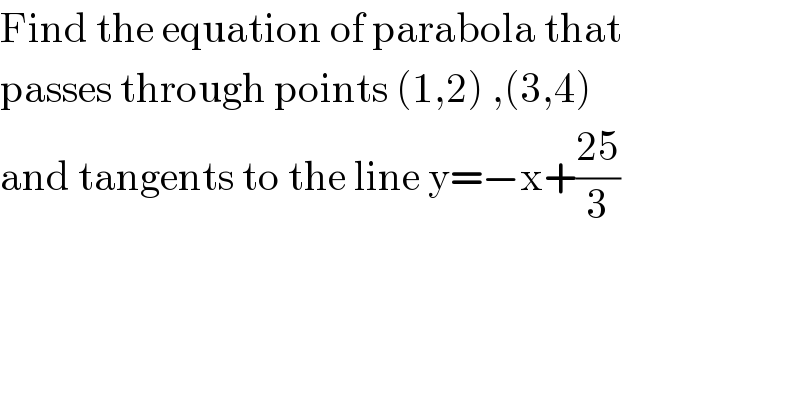
Answered by bobhans last updated on 02/Oct/20
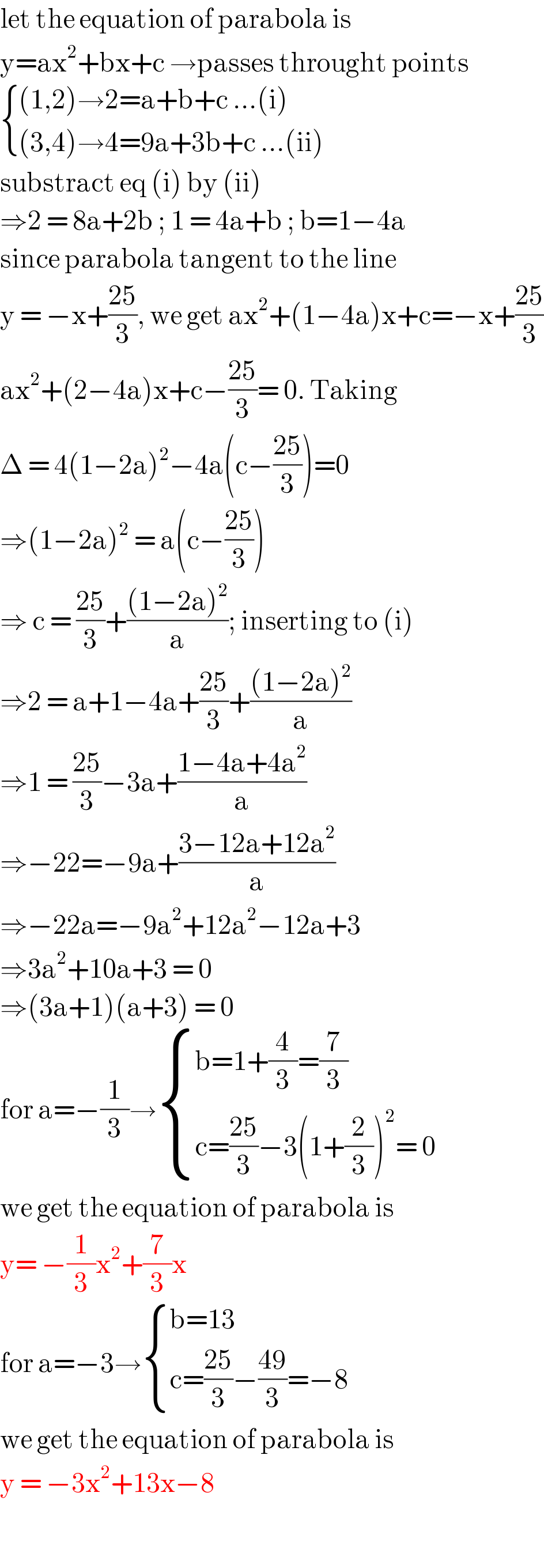
Commented by bemath last updated on 02/Oct/20

Commented by bemath last updated on 02/Oct/20

Commented by mr W last updated on 02/Oct/20
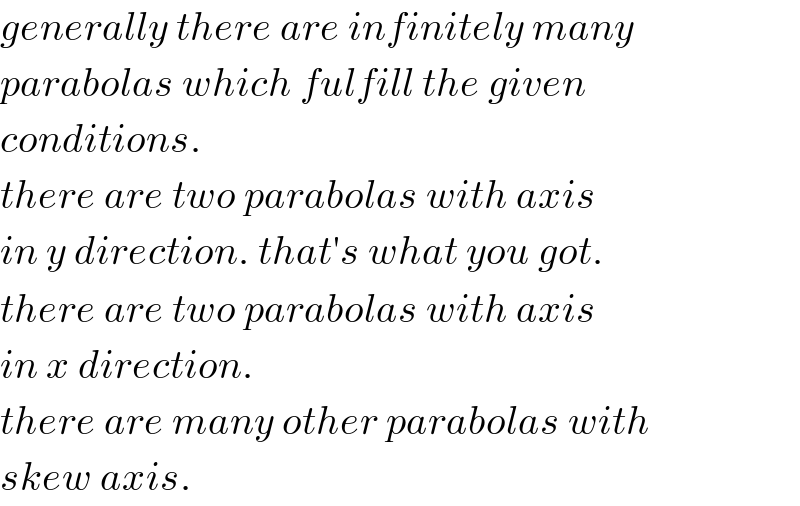
Commented by mr W last updated on 02/Oct/20

Commented by bemath last updated on 02/Oct/20

Answered by 1549442205PVT last updated on 03/Oct/20
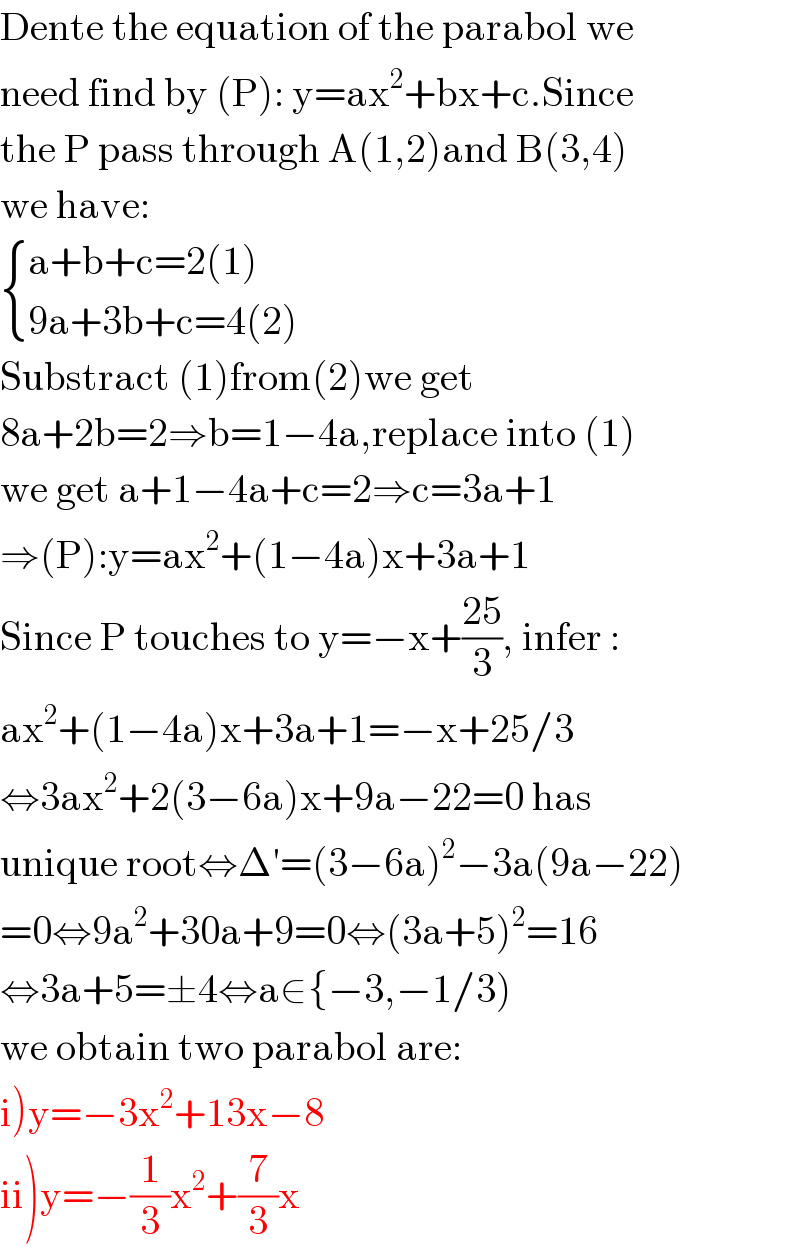
Commented by mr W last updated on 03/Oct/20
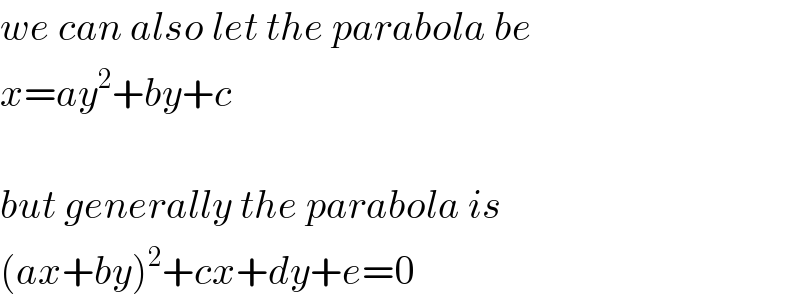
Commented by 1549442205PVT last updated on 07/Oct/20

